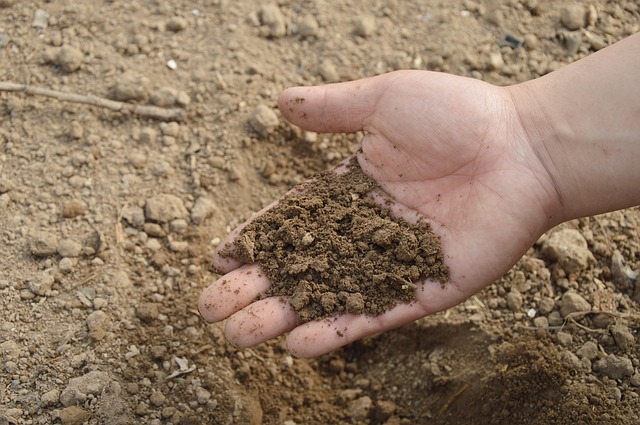How Composting Works
How composting works? Garden compost, made from decayed yard, leaves, clippings, branches, and twigs, ends up being a dark, crumbly mix of raw material.
Ways of Composting
Even a novice to composting can make great quality garden compost. It can be compared with cooking as art or part science. The following 7 elements will assist you master the art of composting.
1. Products
As soon as alive will naturally break down, after a time anything that was. Not all natural products ought to be composted for the house. To prepare garden compost, natural product, bacteria, air, water, and a percentage of nitrogen are required.
These products are safe to garden compost in your home:
- trimmings from hedges
- yard clippings
- veggie scraps
- leaves
- branches
- potting soil that has actually aged
- tea bags
- coffee filters with coffee premises
- plant stalks
- weeds that have actually not went to seed
These products are Not safe to garden compost in your home:
- dead animals
- weeds that have actually went to seed
- bread and grains
- animal feces
- grease
- meat
- infected plants
- oily foods
- cooking oil
2. What To Do To Make It Work
There are little types of plant and animal life which break down the natural product. This life is called microbes. From a trace element of garden soil or manure comes lots of microbes.
Air, nitrogen, and, water will supply a beneficial environment for the microbes to make the garden compost. Air blood circulation and water will keep the microbes healthy and working. The nitrogen feeds the small organisms. You might need to include a percentage of nitrogen to the stack.
Placing on excessive nitrogen can eliminate microorganisms and excessive water triggers inadequate air in the stack. You simply can not include excessive air.
3. Beneficial Microorganisms
Germs are the most reliable garden compost makers in your compost heap. They are the very first to break down plant tissue. Comes the protozoans and fungis to assist with the procedure. The arthropodes, like centipedes, worms, millipedes and beetles, generate the ending up touches to finish the composting.
4. Smaller sized is Better
If the microbes have more surface location to consume, the products will break down much faster. Slicing your garden products with a chipper, lawnmower, or shredder will assist them break down quicker.
5. Size of The Pile
The activity of countless bacteria creates heat in the compost heap however a minimum size 3-foot by 3-foot by 3-foot is required for a hot, quick composting stack. Stacks that are any bigger might obstruct the air supply required in the stack for the microbes.
6. Wetness and Aeration
If you can picture a damp ejected sponge with its numerous air pockets, then this would be the perfect enviroment for the bacteria in the stack to operate at their finest. Take note while your stack is composting, to the quantity of rain or a dry spell you might have. Water in a dry spell and perhaps turn the stack in a great deal of rainy days. The extremes of these 2 might disturb the balance of the stack. Making use of a pitchfork would be available in convenient at this time.
7. Temperature level and Time
Keep your stack in between 110F and 160F and the advantageous germs will like it. Not too cool nor too hot. The temperature level will increase over a number of days if you keep an excellent ratio of carbon and nitrogen, keep great deals of area within a big volume of product, and preserve appropriate wetness and aeration.
Importance of Compost
- Compost has nutrients, however it is not a total fertilizer.
- Compost supplies nutrients in the soil up until plants have to utilize them.
- Retains water in sandy soils.
- It aerates and loosens up clay soils.
Use of Compost
- A soil change, mix 2 to 5 inches of garden compost into gardens each year prior to planting.
- A potting mix, include one part garden compost to 2 parts potting soil.
- Make your very own potting mix by utilizing equivalent parts of garden compost and sand or perlite.
- A mulch, prodcast 2 to 4 inches of garden compost around yearly flowers and veggies, and as much as 5 inches around your trees and shrubs.
- A leading dressing, blend carefully sorted garden compost with sand and spray equally over yards.
Once you have actually mastered the art of composting is to look really seriously at making your extremely own oxygenated garden compost tea, the last thing I would recommend. This elixir will provide you results that are difficult to think.

